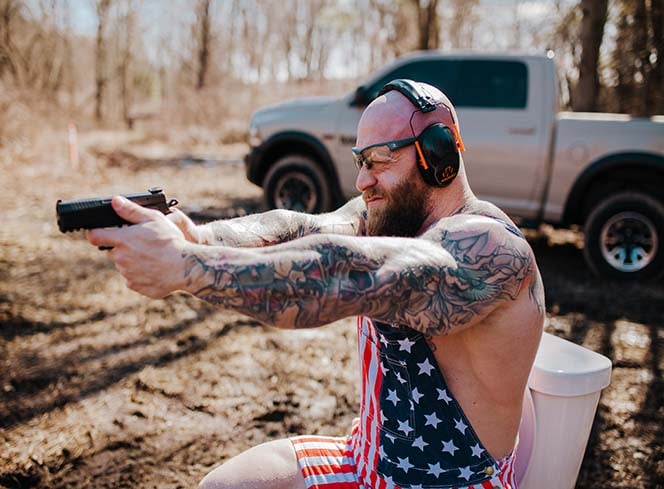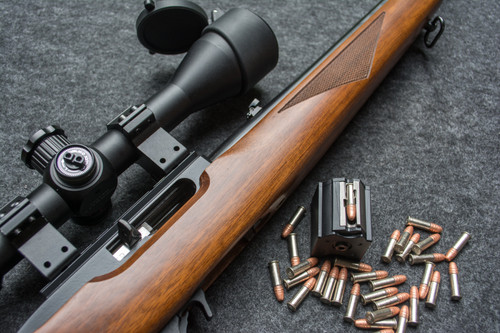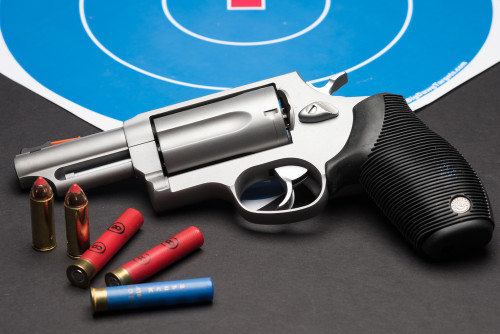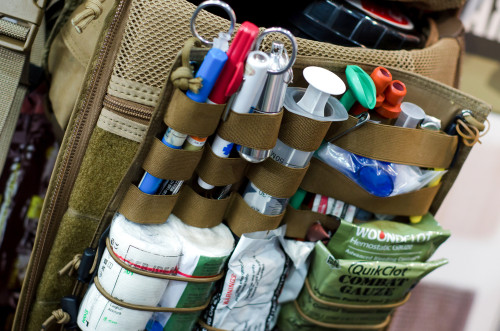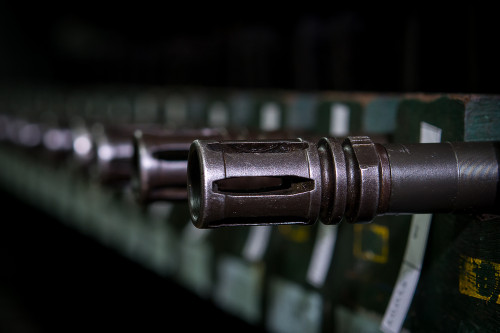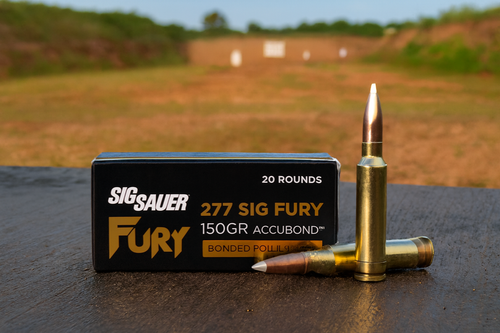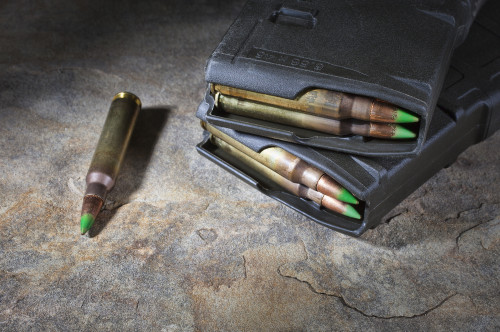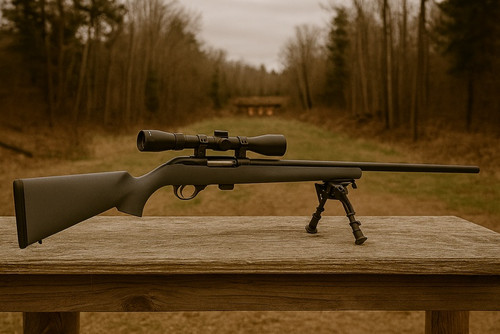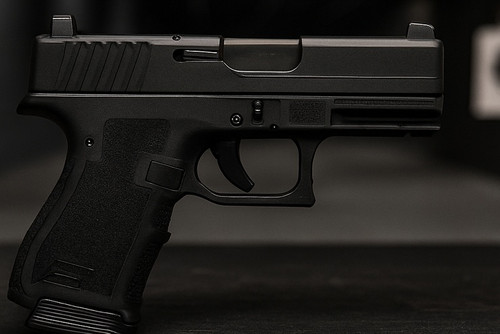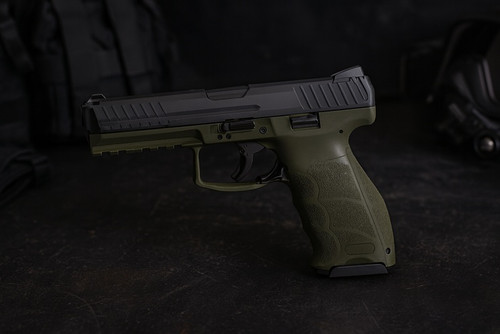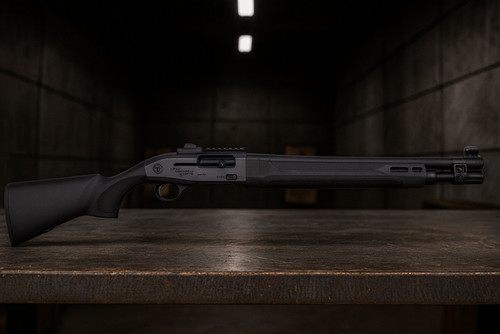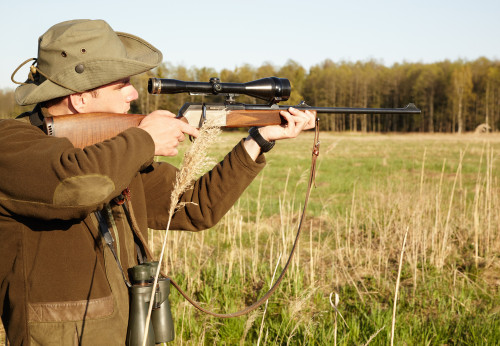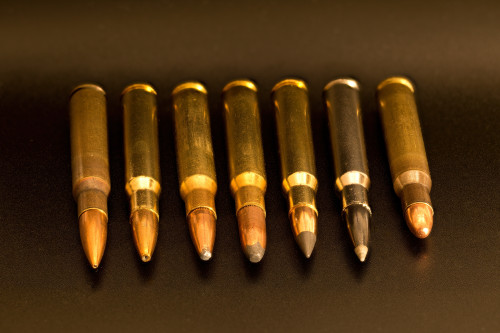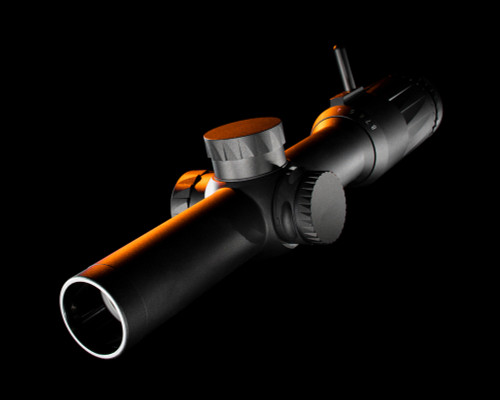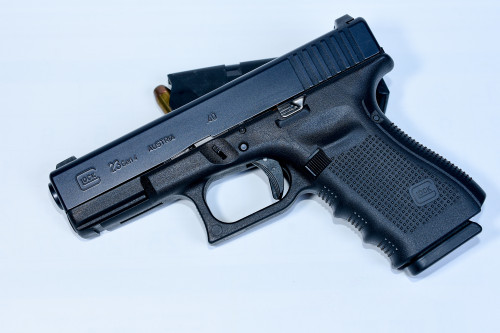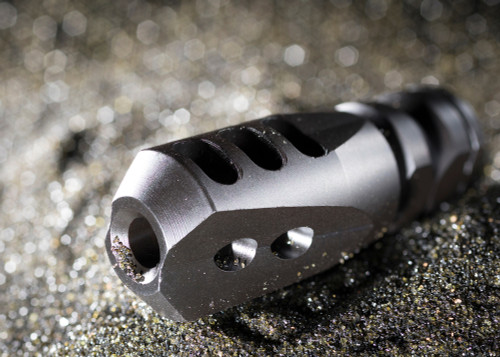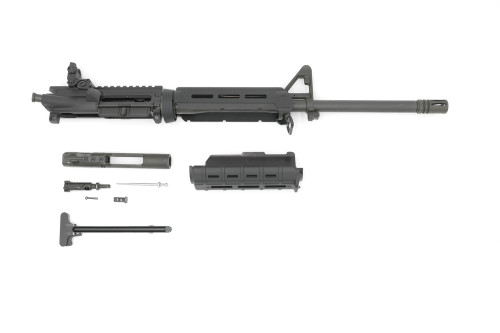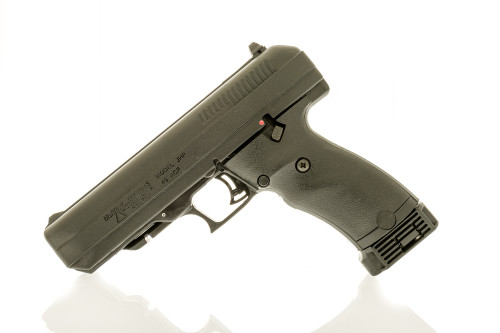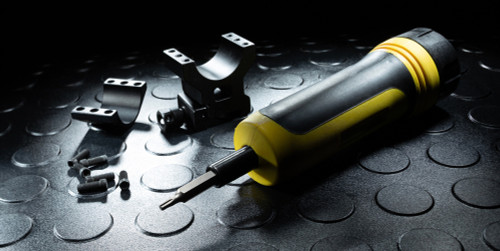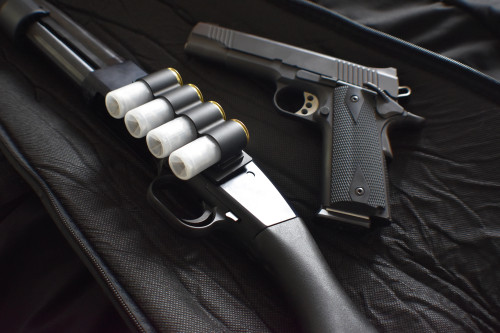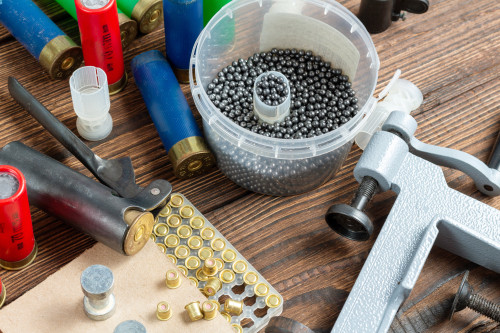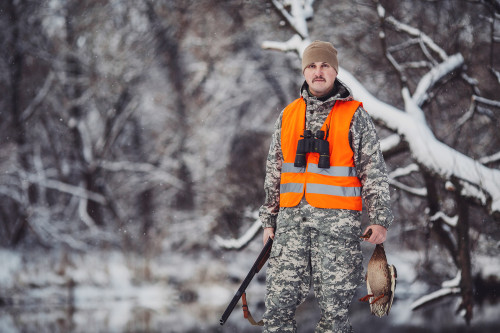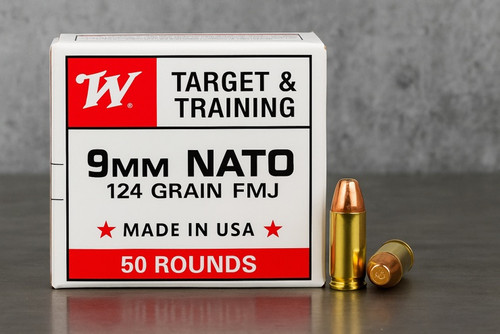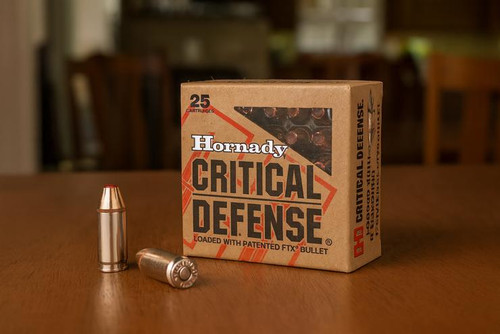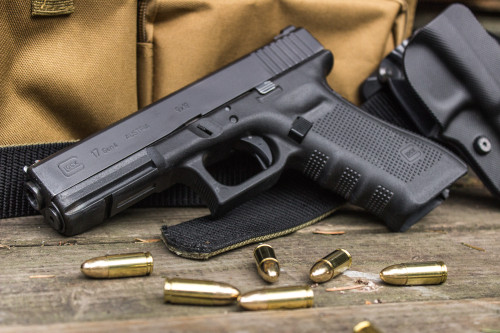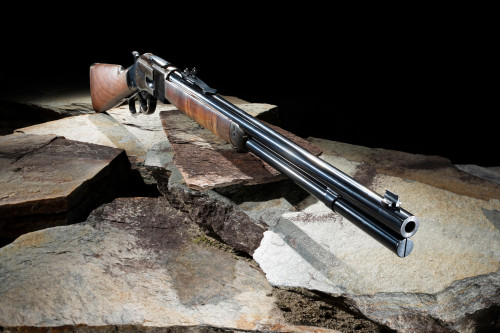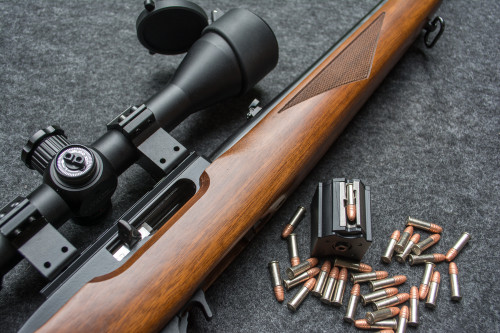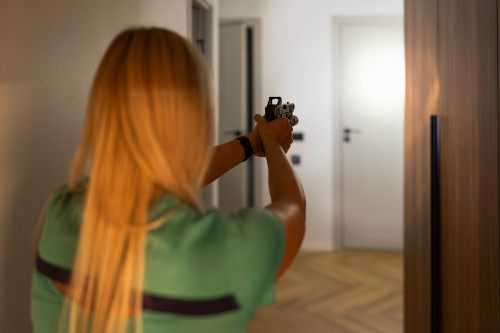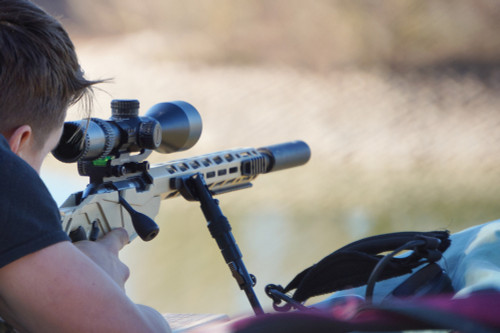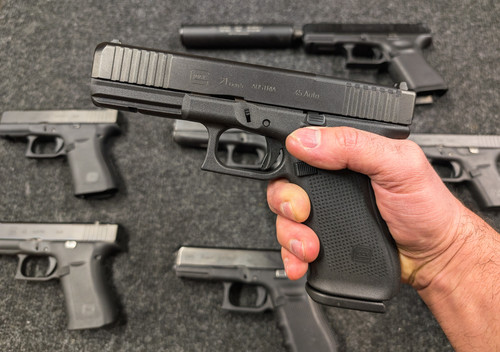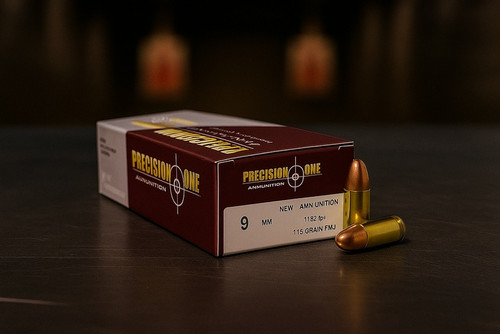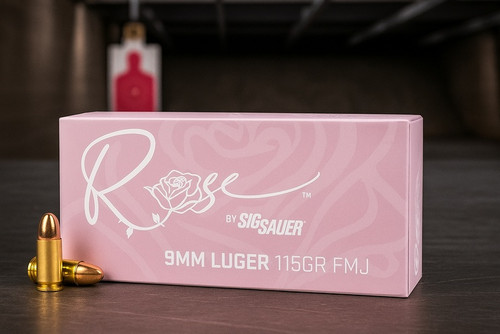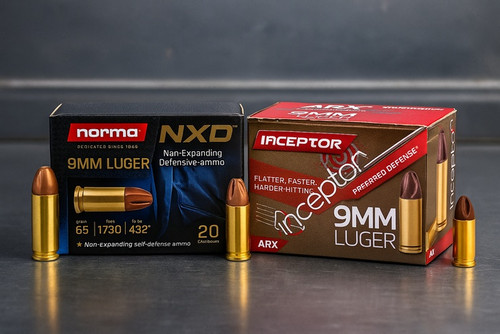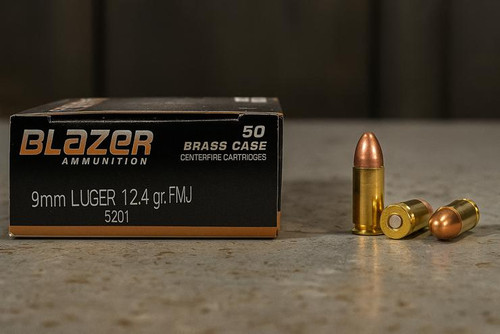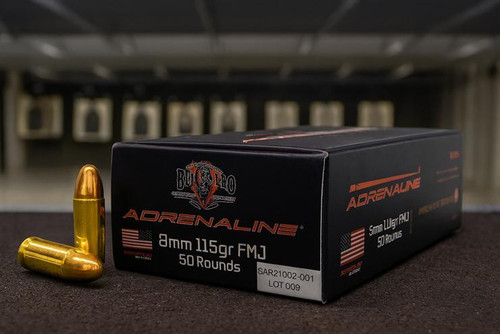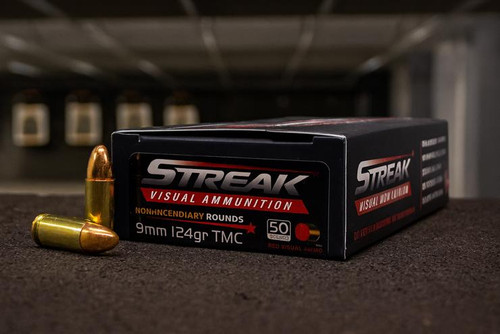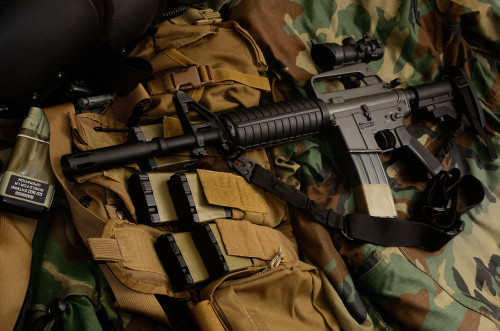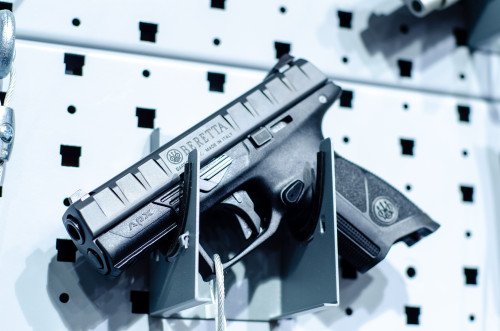2017 marked a game-changing moment in firearms history. Sig Sauer beat out tough competition to win the U.S. Army's Modular Handgun Contest. Their victory brought fresh innovation to military sidearms, replacing the long-serving Beretta M9 with the new M17 and M18 models.
Success breeds success, and these pistols quickly gained traction across all military branches. Navy SEALs, Marine Raiders, and Air Force pilots now carry these modern sidearms as their go-to weapons. Such widespread adoption sparked huge interest in comparing these military versions to their civilian cousin, the P320.
Both military models pack some serious upgrades over the standard P320. Each change serves a specific purpose, from enhanced durability to improved handling in combat situations. Let's dive into what makes these firearms special and explore the key differences between each model.
Background of the Sig Sauer P320, M17, and M18
Sig Sauer revolutionized the handgun market with the P320's introduction in 2014. At the heart of this innovation sits a groundbreaking internal chassis system. This system functions as the actual firearm, making the P320 incredibly adaptable to different configurations.
The P320 Is like a transformer in the gun world. Shooters can swap out parts like building blocks - changing grips, slides, and even calibers becomes remarkably simple. No complicated gunsmithing required. Just a few minutes and basic tools get the job done.
The journey from civilian P320 to military M17 and M18 involved extensive testing and modifications. Military requirements pushed Sig Sauer to enhance several features. New safety mechanisms improved drop protection. Durability upgrades ensured reliable performance in harsh conditions. Special components met specific military needs for combat situations.
The success of these military variants caught the attention of civilian shooters. Many wanted to own the same reliable platform trusted by service members. Sig Sauer responded by creating commercial versions of both the M17 and M18. These civilian models keep most military features intact. However, some modifications ensure compliance with commercial regulations.
The transformation didn't stop there. Police departments worldwide started adopting the P320 platform. Its proven reliability and adaptability made it an attractive choice for law enforcement. From local police forces to federal agencies, the P320 family continues to gain trust across different service branches.
This blend of civilian innovation and military evolution created something unique in the firearms industry. The P320 platform proves that one basic design can serve many purposes. From military operations to civilian sport shooting, these pistols deliver consistent performance across all applications.
What is the Sig Sauer P320?
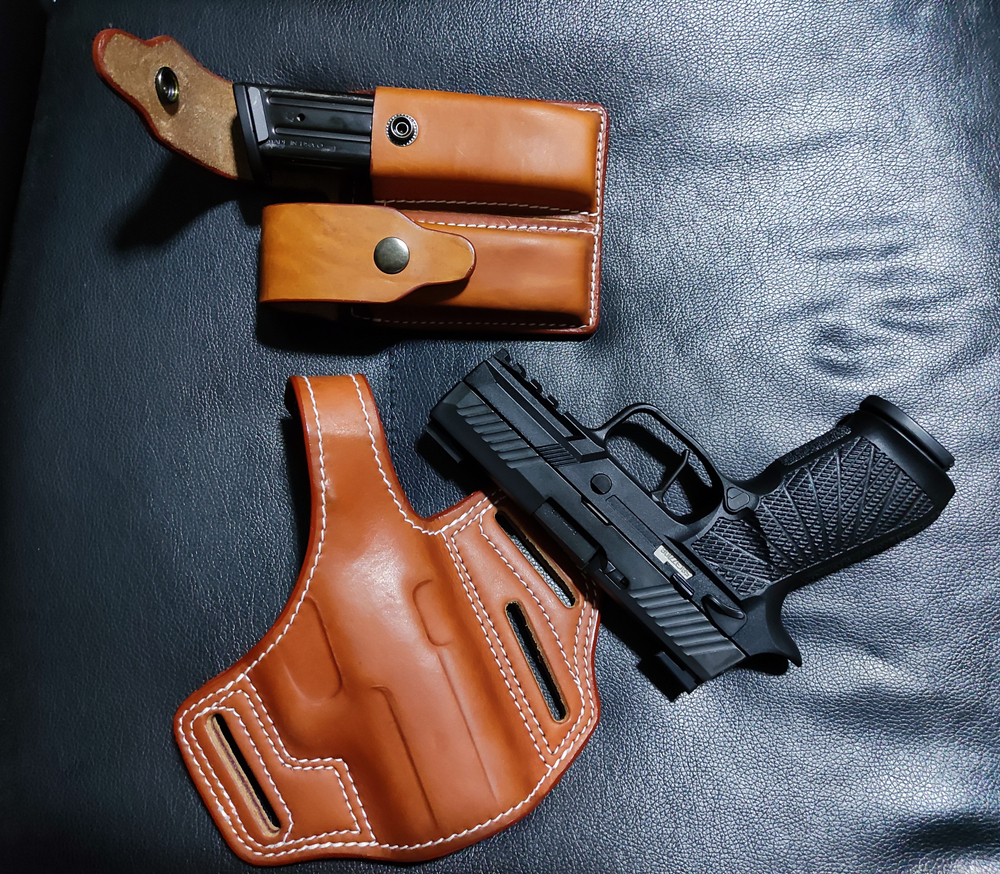
The P320 represents a significant departure from traditional handgun design. Its core feature revolves around the serialized trigger group housed within a removable chassis. This innovative system enables quick changes between different grip modules, slides, and even calibers.
The platform accommodates multiple caliber options. Shooters can convert their P320 to fire 9mm, .40 S&W, .357 SIG, and .45 ACP rounds. This versatility makes it an attractive option for both civilian and law enforcement applications.
The striker-fired mechanism offers consistent trigger pull and simplified operation. This modern firing system provides advantages over traditional hammer-fired designs in terms of reliability and ease of use. Law enforcement agencies worldwide have adopted the P320, including departments in Australia, Canada, and numerous European countries.
Overview of the M17 and M18 Models
The M17 and M18 represent specialized adaptations of the P320 platform. These military variants incorporate specific features required by the U.S. Armed Forces. Each modification serves a distinct purpose in military operations and training scenarios.
The military versions feature enhanced durability testing requirements. Every M17 and M18 undergo stringent testing protocols to ensure reliable performance in extreme conditions. These tests include exposure to various environmental factors, drop testing, and extended firing sessions.
Both models share core military-specific features. Standard elements include an optics-ready slide, ambidextrous controls, and a distinctive coyote tan finish. These shared characteristics create a standardized platform across different military branches.
Key Differences Between the Sig Sauer P320 and the M17/M18
The military variants incorporate several distinctive features absent in standard P320 models. A key addition includes the optics cut specifically designed for the Leupold DeltaPoint Pro sight system. This modification allows for quick installation of advanced optical sights without additional gunsmithing.
Safety features received significant attention in the military models. The addition of an ambidextrous manual safety satisfies military requirements for enhanced drop safety. The slide stop design also underwent modifications, featuring a low-profile ambidextrous configuration for improved handling.
Visual and functional changes distinguish these military variants. A prominent loaded chamber indicator sits in front of the optics plate. Military versions originally featured spanner screws to prevent unauthorized disassembly, though commercial variants use standard screws.
The frame design differs between civilian and military models. The M17's frame shows a unique characteristic - it doesn't extend fully to the slide's end, unlike the standard P320. This modification improves durability and maintenance in field conditions.
How the M17 and M18 Differ From Each Other
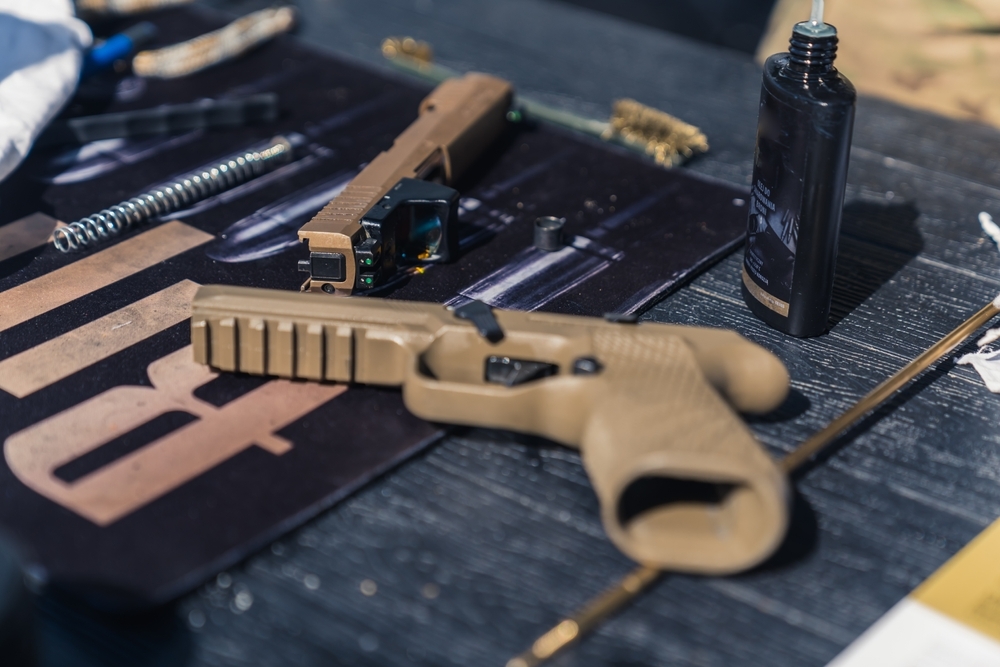
Let's dive into the key differences between these two military powerhouses. Size stands out as the most noticeable distinction between the M17 and M18. The M17 comes equipped with a full-size 4.7-inch barrel, perfect for situations demanding maximum accuracy. Its longer sight radius helps shooters make precise shots at extended ranges.
In contrast, the M18 sports a more compact 3.9-inch barrel. This shorter configuration makes it easier to handle in tight spaces. Many service members prefer the M18's reduced size for everyday carry and quick deployment scenarios.
Both pistols share the same frame dimensions, which brings some interesting benefits. The shared frame design allows both models to use identical magazines. Standard capacity starts at 17 rounds, with extended 21-round magazines available for both variants. This smart compatibility eliminates the need for different magazine types across units.
The M18's popularity among military branches tells an interesting story. Navy SEALs, Air Force pilots, and Marine Corps operators chose this compact version for good reason. Its shorter slide reduces overall weight without sacrificing performance. Special operations units particularly appreciate its balance of size and capability.
Combat effectiveness remains consistent between both models. The M18's shorter barrel only reduces velocity by about 50 feet per second compared to the M17. This minimal difference keeps both pistols equally effective at typical engagement distances.
Military logistics benefit greatly from these shared characteristics. Units can stock the same parts, magazines, and ammunition for both models. This standardization reduces training complexity and streamlines maintenance procedures across different service branches.
Each model excels in specific roles. The M17 serves perfectly as a duty sidearm for standard infantry units. Meanwhile, the M18's compact frame makes it ideal for vehicle crews, aircraft personnel, and specialized units. This versatility explains why different military branches can choose the model that best fits their needs.
Other Notable M17 and M18 Models
Among the special editions of these pistols, the Tomb of the Unknown Soldier M17 stands as a remarkable tribute. This exceptional variant honors America's fallen heroes through its unique design and symbolism.
Sig Sauer created just four of these ceremonial M17 pistols. Each metal-framed pistol bears a name - Silence, Respect, Dignity, and Perseverance. A distinct black chrome finish adorns these special editions, setting them apart from standard models. The craftsmanship extends to authentic wood grips, sourced directly from the USS Olympia's deck planks.
The USS Olympia holds special significance as the vessel that transported America's first Unknown Soldier. These pistols incorporate unique elements that connect them to their ceremonial duties. Instead of standard tritium vials, the front sights contain dust from the Tomb's restoration. The traditional rear cocking serrations make way for "XXI" markings, symbolizing the guards' 21 steps and ceremonial salute.
The General Officer's M18 represents another distinguished variant in the lineup. This model maintains a proud tradition established during World War II. Each retiring General receives an M18 with personalized serial numbers. These numbers start with "GO" and often reflect significant achievements or meaningful dates in their military service.
Real-World Performance
In real-world applications, these pistols have proven their worth across different scenarios. The M17's full-size frame excels in range training and combat situations where maximum accuracy is crucial. Its longer sight radius and barrel length give shooters that extra edge when precision counts.
The M18, on the other hand, has become a favorite among military personnel who need a more compact option. Its shorter barrel doesn't compromise performance but offers better maneuverability in tight spaces. This explains why it's particularly popular with Air Force pilots and Marine Corps operators.
Both military and civilian shooters praise these pistols' reliability and adaptability. The modular design makes maintenance a breeze, and the ability to swap parts between models creates a flexible platform that adapts to various needs. Performance reports from the field consistently highlight excellent accuracy and dependable operation in challenging conditions.
Final Thoughts
Let's put all the pieces together and see the bigger picture. The evolution from the P320 to the M17 and M18 represents more than just military adaptation - it's a testament to innovative firearm design. These pistols have revolutionized how we think about modular handguns.
The success of these firearms speaks volumes. From military adoption to civilian enthusiasm, these pistols have earned their reputation through performance and versatility. The modular design opens up countless possibilities for customization, making them suitable for various applications.
Looking ahead, these platforms show tremendous promise for longevity. Their adaptable nature means they can evolve with changing requirements and technology. Unless we see dramatic changes in ammunition or propellant technology, these pistols will likely serve for decades to come.

Federal Premium 9mm 147gr JHP
$28.99
at Pro Armory
Prices accurate at time of writing
FAQs
1. What makes the P320 different from traditional handguns?
The P320's standout feature is its innovative chassis system, which serves as the actual firearm. This serialized component can move between different frames, slides, and calibers without requiring additional paperwork. The modular design revolutionizes how we approach handgun customization and maintenance.
2. Can civilians buy exactly the same M17/M18 models used by the military?
Civilian versions maintain most military specifications but include some key differences. Commercial models use standard screws instead of military spanner screws, and certain internal components might vary slightly. However, the core features, including the optics cut and ambidextrous controls, remain identical.
3. Which model is more popular among military branches?
The M18 has emerged as the preferred choice among military branches. The Air Force, Navy, and Marine Corps specifically selected this compact version for its versatility and easier handling characteristics. Its shorter barrel length proves particularly advantageous for personnel operating in confined spaces.
4. How do the magazine options work across all three models?
All three pistols - P320, M17, and M18 - share magazine compatibility. They accept both 17 and 21-round magazines, providing excellent ammunition capacity options. This standardization simplifies logistics and allows for easy magazine sharing between different variants.
5. What are the main advantages of modular design?
The modular design offers unprecedented flexibility in customization. Shooters can easily switch between different calibers, grip sizes, and slide lengths without specialized tools or gunsmith assistance. This feature also simplifies maintenance and reduces long-term ownership costs.
6. How significant are the differences between the M17 and M18?
The primary difference lies in barrel length and overall size. The M17 features a 4.7-inch barrel for enhanced accuracy and sight radius, while the M18's 3.9-inch barrel offers improved maneuverability. Despite these differences, both models maintain identical frame dimensions and magazine compatibility.




 Pro Armory Editorial Team
Pro Armory Editorial Team